Frequently Asked Questions
The UNESCO MaB Programme can be seen as a complex concept and there are many questions people ask about a Biosphere Reserve –

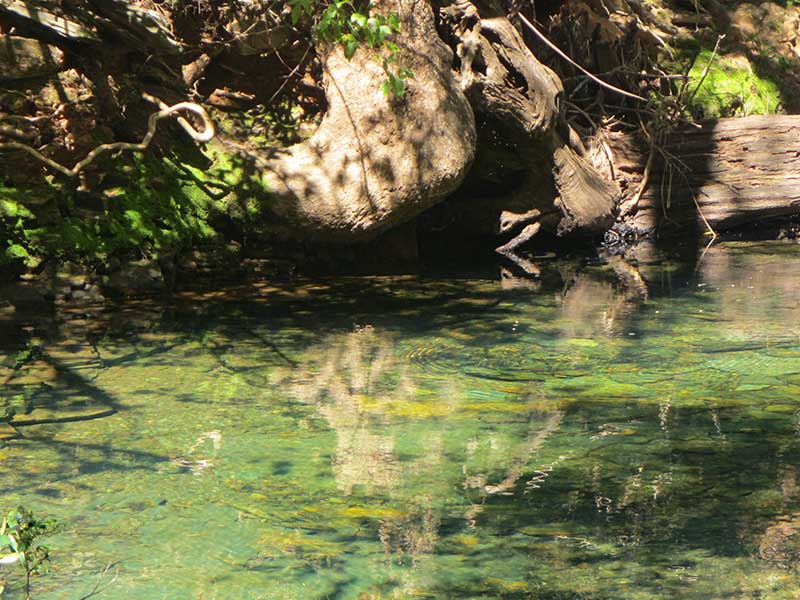
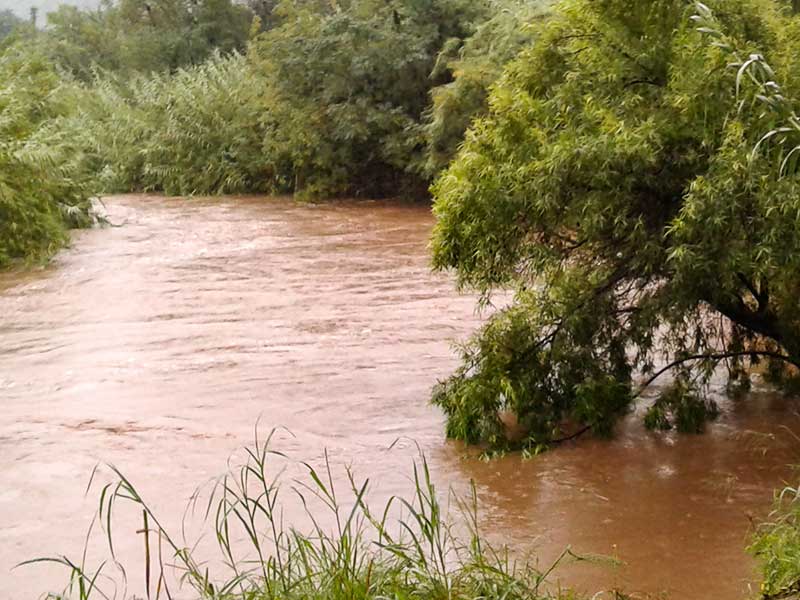

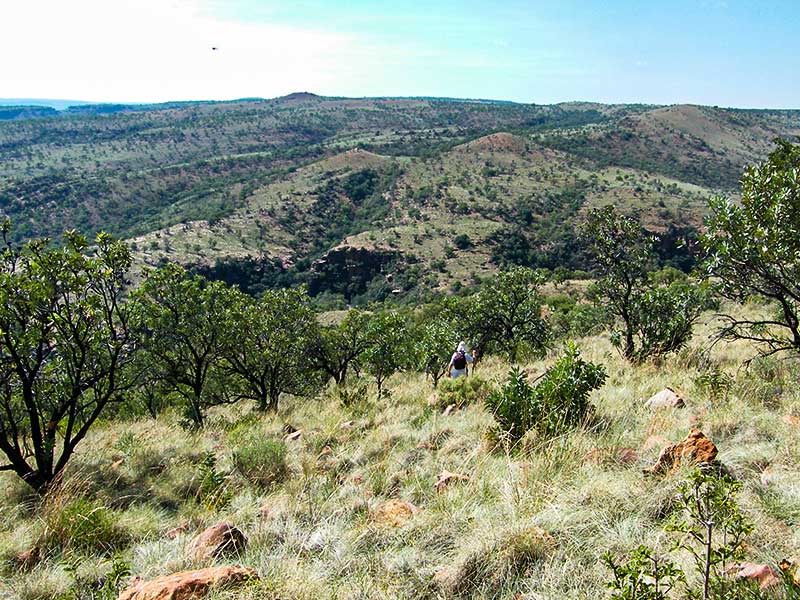
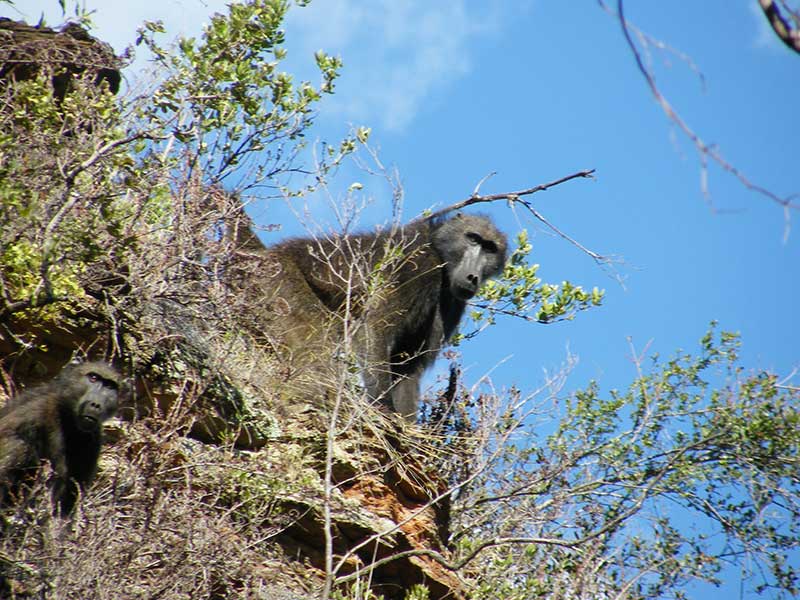
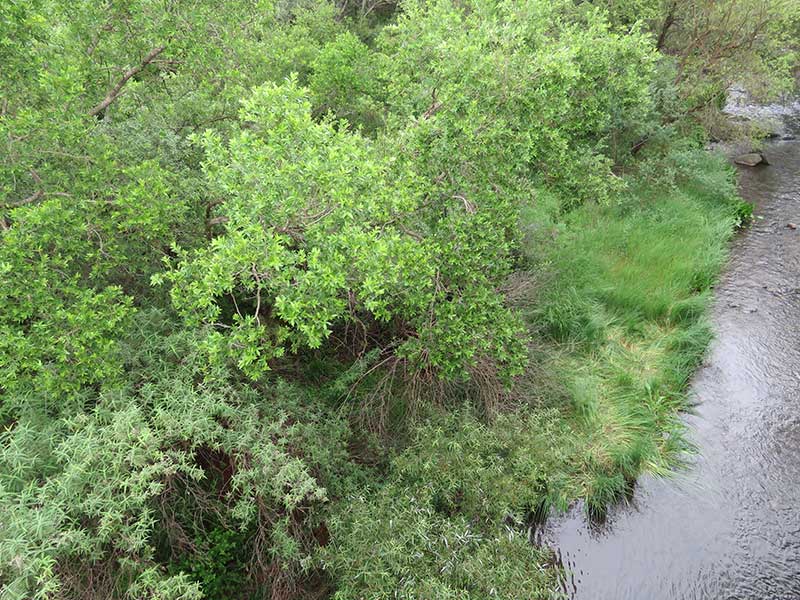
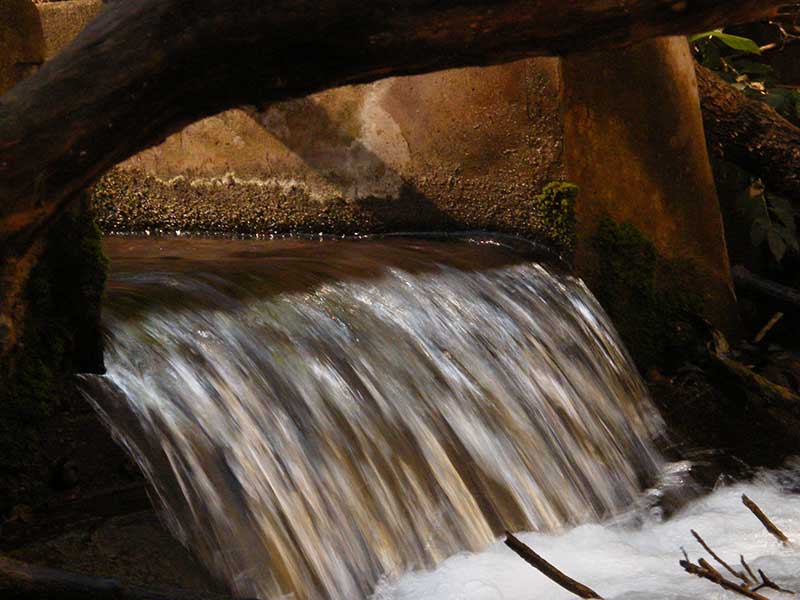
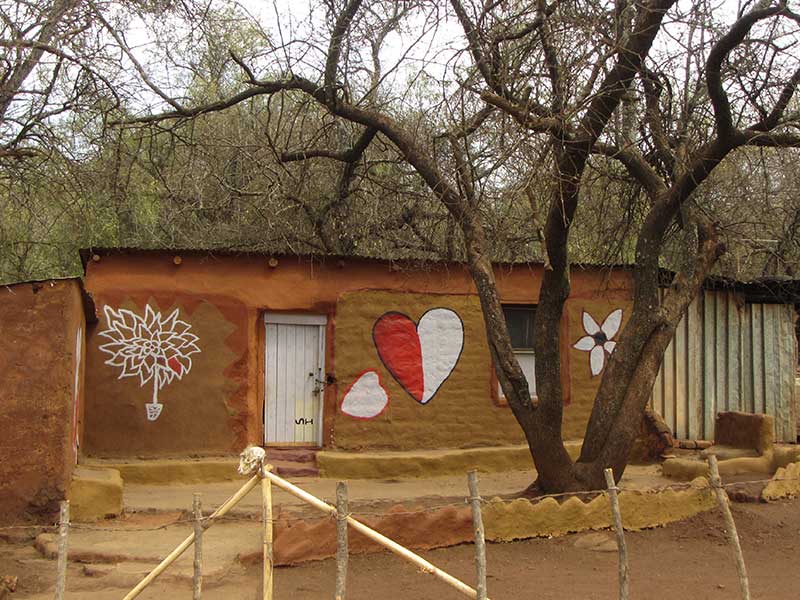
Click on the title to open
What is a Biosphere Reserve?
Biosphere Reserves are areas of terrestrial and coastal ecosystems promoting solutions to reconcile the conservation of bio-
- A conservation function –
to contribute to the conservation of landscapes, water, ecosystems, species and genetic variation; - A development function –
to foster economic and human development which is socio- culturally and ecologically sustainable; - A logistic function –
to provide support for research, citizen science, monitoring, education and information exchange related to local, national and global issues of conservation and development.
What is the origin of Biosphere Reserves?
Biosphere Reserves are designed to meet one of the most challenging issues that the World is facing today: How can we conserve the diversity of plants, animals and micro-
The origin of Biosphere Reserves goes back to the “Biosphere Conference” organized by UNESCO in 1968, the first intergovernmental conference to seek to reconcile the conservation and use of natural resources, thereby foreshadowing the present-
Is there a difference between a Biosphere Reserve and a Biosphere Region?
NO – a Biosphere Reserve and a Biosphere Region refer to the same concept and same principle. The variation in terms came about during the Third World Congress on Biosphere Reserves in Madrid in 2008, where a number of Biosphere Reserves queried the use of the term Reserve in that within their local dynamics and understanding the term Reserve gave landowners the impression that it was intended to create a single fenced-in area with altered management principles and vision. Many of these areas were experiencing challenges in creating awareness of what was intended within the concept. Through the adaptation to the term REGION instead of RESERVE, they immediately discovered far greater understanding and support from stakeholders within their regions.
As there were a number of Biosphere Reserves from around the world have expressed the same concerns, an official position was taken by UNESCO that Biosphere Reserves may individually opt for either option and both would officially be recognized by UNESCO and may be used in the official naming of the Biosphere Reserve/Region. Kruger to Canyon’s Biosphere Region in South Africa was one of the initial role players in this development and since adopting the term Region as opposed to Biosphere Reserve, have engendered far greater understanding and support from their stakeholder base.
Regardless of which terms is being used, all principles, goals and objectives remain the same. However, it was also discussed that as the original term coined was Biosphere Reserves, all UNESCO and general information material would continue to use this reference.
Why do we need Biosphere Reserves?
There are a number of reasons why Biosphere Reserves have been deemed as necessary. This includes the following:
- To conserve biological diversity
- To maintain healthy ecosystems
- To learn about natural systems and how they are changing
- To learn about traditional forms of land use
- To share knowledge on how to manage natural resources in a sustainable way
- To cooperate in solving natural resource problems
What is meant by Zonation in Biosphere Reserves?
To carry out the complementary activities of nature conservation and use of natural resources, biosphere reserves are organized into three interrelated zones, known as the core area, the buffer zone and the transition area.
The Core area needs to be legally established and give long-
A Buffer zone (or zones) is clearly delineated and surrounds or is contiguous to the core area. Activities are organized here so that they do not hinder the conservation objectives of the core area but rather help to protect it, hence the idea of “buffering”. It can be an area for experimental research, for example, to discover ways to manage natural vegetation, croplands, forests, fisheries, to enhance high-quality production while conserving natural processes and biodiversity, including soil resources, to the maximum extent possible. In a similar manner, experiments can be carried out in the Buffer zone to explore how to rehabilitate degraded areas. It may accommodate education, training, tourism and recreation facilities
An outer Transition area, or area of cooperation extending outwards, may contain a variety of agricultural activities, human settlements and other uses. It is here that the local communities, conservation agencies, scientists, civil associations, cultural groups, private enterprises and other stakeholders must agree to work together to manage and sustainably develop the area’s resources for the benefit of the people who live there. Given the role that biosphere reserves should play in promoting the sustainable management of the natural resources of the region in which they lie, the Transition area is of great economic and social significance for regional development.
This zonation is applied in many different ways in the real world to accommodate geographical conditions, socio-
Who Benefits?
Farmers, foresters, fishermen – Biosphere reserves provide access to training and demonstration projects on alternative land-uses and management strategies that maintain natural values, such as soil fertility and water quality, which make the best use of the available human and financial resources. It aims to develop conservation into a profitable asset.
Local communities – These range from local indigenous communities to rural societies, including country homeowners. There are various potential benefits to such people, such as protection of basic land and water resources, a more stable and diverse economic base, additional employment, more influence in land-use/conservation decision-making, reduced conflict with protected area administrations and interest groups, a continued opportunity to maintain existing traditions and lifestyles, and a more healthy environment for these local communities and their children.
Scientists – Biosphere reserves encourage research, for example on ecological processes or on biological diversity. They are areas offering a growing database on which to build new hypotheses and experiments. In addition, biosphere reserves provide long-term security for permanent plots and monitoring activities, which serve to identify longer-term trends over short-term fluctuations, as may be caused by changes in climate, etc. Biosphere reserves also allow for interdisciplinary research and monitoring comparative studies, and information exchange. They can thus encourage the allocation of national or international research funds
Government decision-makers and agencies – Biosphere reserves provide them with better information on natural resources and enhanced technical and institutional capabilities to manage natural resources in a sustainable manner. They help to procure greater public support of nature conservation by demonstrating the practical benefits involved. They serve as working examples to explore how one can sustainably manage natural resources at the local and regional levels, and what institutional and legal mechanisms are needed. In doing so, biosphere reserves serve as tools to enable countries to meet their obligations under international Conventions, such as those on Biological Diversity and Desertification, and Agenda 21.
The world community – Through their education and communication activities, biosphere reserves demonstrate to public opinion and the world community practical ways to resolve land-use conflicts and to ensure the protection of biological diversity. They offer opportunities for education, recreation and tourism, and help create a consciousness of solidarity among all peoples of the world to sustainably manage the biosphere.
How are Biosphere Reserves selected?
Biosphere reserves cover the great variety of natural areas of the biosphere, going from high mountains to greatly human-impacted plains, from coastal regions and islands to vast inland forests, from the deserts of the tropics to the tundra of the polar regions. To qualify for designation as a biosphere reserve, an area should normally:
- be representative of a major biogeographic region, including a gradation of human intervention in these systems;
- contain landscapes, ecosystems or animal and plant species, or varieties which need to be conserved;
- provide an opportunity to explore and demonstrate approaches to sustainable development within the larger region where they are located;
- be of an appropriate size to serve the three functions of biosphere reserves mentioned above;
- have an appropriate zoning system, with a legally constituted core area or areas, devoted to long-term protection; a clearly identified buffer zone or zones and an outer transition area.
Organizational arrangements should be provided for the involvement and participation of a suitable range of public authorities, private interests and local communities in the planning and management of the biosphere reserve. In the case of large natural areas which straddle national boundaries, countries are encouraged to co-operate in setting up and jointly managing transboundary biosphere reserves.
National MAB Committees or focal points are responsible for preparing biosphere reserve nominations and for involving the appropriate government agencies, relevant institutions and local authorities in preparing the nomination. Each nomination is examined by a UNESCO Advisory Committee for biosphere reserves, for recommendation to the International Co-ordinating Council of the MAB Programme. This Council takes a decision on nominations for designation and the Director-General of UNESCO notifies the State concerned of the decision. Once designated, the appropriate authorities are encouraged to publicize their biosphere reserves, for example with a commemorative plaque and distributing information material indicating this special status.
Who participates in a Biosphere Reserve?
At the site level – Biosphere reserves bring together many scientists, local officials, representatives of various national institutions, landowners and the local inhabitants.
At the national level – Biosphere reserves should form an integral part of national biodiversity plans for implementing the Convention on Biological Diversity, bringing together the institutions involved in nature conservation and in the sustainable use of natural resources.
At the international level – many international governmental and non-governmental organizations are associated with the functioning of the World Network and the application of the concept at the field level. There are thus many projects to promote conservation and appropriate development in biosphere reserves, which are supported by the World Bank, the United Nations Development Programme (UNDP), the United Nations Environment Programme (UNEP), the Food and Agriculture Organisation of the United Nations (FAO), the World Conservation Union (IUCN), Conservation International and the World Wide Fund for Nature (WWF).
Why a World Network of Biosphere Reserves?
Although biosphere reserves have very different geographical, economic and cultural contexts, they do have a common interest to seek concrete solutions to reconcile the conservation of biodiversity with the sustainable use of natural resources, for the benefit of local people. The World Network fosters exchanges amongst biosphere reserves – for example, research results or experience in resolving specific issues – and facilitates co-operative activities, including scientific research and monitoring, environmental education and specialist training. Co-operation can take the form of exchanges of information material, articles in the international bulletin, co-operative projects, twinning arrangements, swapping personnel, organizing visits, or correspondence by mail or electronic mail. The World Network is supported by regional or sub-regional networks such as in East Asia, or thematic networks, for example for studying biodiversity. The creation of new sub-networks such as these is encouraged.
The World Network is formally constituted by a Statutory Framework, which resulted from the work of the International Conference on Biosphere Reserves, held in Seville (Spain), in March 1995. This Statutory Framework sets out “the rules of the game” of the World Network and foresees a periodic review of biosphere reserves. Activities of the World Network are guided by the “Seville Strategy for Biosphere Reserves”, also drawn up at the Seville Conference. At present, not all existing biosphere reserves fully participate in the Network and these guiding documents will help to improve their functioning in the forthcoming years.
What are the functions of a proclaimed biosphere reserve?
Each proclaimed biosphere reserve is intended to fulfil 3 basic functions, which are complementary and mutually reinforcing:
- a conservation function – to contribute to the conservation of landscapes, ecosystems, species and genetic variation;
- a development function – to foster economic and human development which is socio-culturally and ecologically sustainable;
- a logistic function – to provide support for research, monitoring, education and information exchange related to local, national and global issues of conservation and development.
What is the difference between a proclaimed biosphere reserve and a natural World Heritage Site?
A biosphere reserve is a representative ecological area with 3 mutually reinforcing functions:
- conservation,
- sustainable development and
- logistic support for scientific research and education.
Collectively, all proclaimed biosphere reserves form a World Network linked by exchanges of experience and knowledge. They are part of a UNESCO scientific programme, governed by a “soft law”, the Statutory Framework.
Natural World Heritage sites must be of outstanding universal value in accordance with the UNESCO Convention on the Protection of the World Cultural and Natural Heritage (1972). Efforts to enhance local development and to promote scientific understanding are means to ensure the protection of the natural World Heritage values.
In some instances, a core area of a biosphere reserve can meet World Heritage criteria: the usually larger biosphere reserve can therefore serve as a complementary means to protect the integrity of the World Heritage site
Can a biosphere reserve be de- designated?
The Statutory Framework makes provision for a periodic review every 10 years.
Reports are prepared by the concerned authority and forwarded to the UNESCO Secretariat. The reports are examined according to a set procedure. In the event that a site designated as a biosphere reserve does not satisfy the criteria, after a reasonable period of time, the area will no longer be referred to as a biosphere reserve of the World Network.
To date, this procedure has never reached this conclusion: however several counties have voluntarily withdrawn “non-functional” sites and this has been commended by the MAB International Coordination Council.
What is UNESCO’S role?
Biosphere reserves are not the object of a binding international convention or treaty but are governed by a “soft law” — the Statutory Framework for Biosphere Reserves — adopted by the UNESCO General Conference and which all countries are committed to applying.
The UNESCO Secretariat does not have a “policing function” and it is the responsibility of each country, through its MAB National Committee or Focal Point, to ensure that the proclaimed biosphere reserve responds to the criteria and functions properly.
For this, in most countries, it is not necessary to enact special national legislation for biosphere reserves but rather to use the existing legal frameworks for nature protection and land/water management. This being said, an increasing number of countries are now giving biospheres reserves a special legal status in order to reinforce their application.
In the case of a perceived problem, e.g. plans to construct an oil refinery within the site, the biosphere reserve status should be used as a platform for dialogue to arrive at an optimal solution. The MAB Secretariat will remind the concerned MAB National Committee/Focal Point of its responsibility in such cases.
How will a biosphere reserve benefit me?
General benefits
- Provides international recognition for the diversity of interests within a region.
- Provides an international network for cooperation and information sharing.
- Fosters understanding between the different ways in which land is perceived as valuable.
- Creates a “sense of place” for everyone.
- Creates an international network of opportunities – capacity building, research, funding.
- Offers a transparent communication of information, reduces confrontation and controversy.
Benefits to government
- Consolidates legislation, EMF’s and local government planning into one code of practice for all.
- Provides a practical framework and clear guidelines for implementing legislation.
- Fosters economic and human development in the region.
- Provides a forum for capacity building.
- Provides a network of specialists for technical input on development projects
- Provides a basis for funding and financial allocation.
- Gives guidelines for infrastructure priorities.
- Provides a pre-screening framework for EIA processes.
Benefits for environmental agencies, institutions, educators and individuals
- Provides substance to sustainable development and removes ambiguity from the term.
- Offers a platform for research.
- Provides a centralised database of information and resources.
- Provides a structure for environmental education and knowledge dissemination.
- Provides a public image and respectability for initiatives.
- Benefits for local communities and the poor
- Offers frameworks for poverty relief programmes.
- Directs and guides infrastructure and development needs – housing, roads, services, etc.
- Offers sustainable employment opportunities.
- Supports self-sustainability programmes, food production, entrepreneurial skills, etc.
- Benefits to landowners and residents
- Provides future security for existing lifestyles.
- May increase the financial security of property.
- Provides the resident communities with a common cause.
Benefits to tourism
- Gives a competitive advantage as a tourist destination.
- Provides a promotional “hook.”
- Is a significant requirement for overseas visitors (and, possibly local ones in time).
- Encourages a general improvement in service standards. Benefits to other business – property development.
- Increased land values.
- Enhances the market desirability of the region.
- Provides guidelines for sustainable development.
How many biosphere reserves are there in South Africa?
As of July 2018, there are currently 10 registered Biospheres within South Africa. For more information on all of these, please see the page SOUTH AFRICAN BIOSPHERE RESERVES on this website
Does a biosphere reserve impact the management of my property?
No – the MAB concept does not bring with it any “policing” authority. The concept is more about encouraging cooperation towards concepts of sustainable living and to supplying or creating frameworks and resources to enable stakeholders to do so.
Should it be required, current and established legislation can be used to assist in the management of a situation or impending problem within a region, however, this will need to be implemented by the necessary authorities within a region and not by the biosphere reserve authority themselves. Stakeholders within a biosphere reserve still retain full management authority over their property, although adherence to biosphere reserve principles is encouraged and supported.
Is a Biosphere Reserve a fenced off area?
No – Biosphere Reserves are open areas or regions where landowners and stakeholders have joined together to establish a shared vision of sustainability for the area and do not mean the creation of a single fenced-in reserve.
